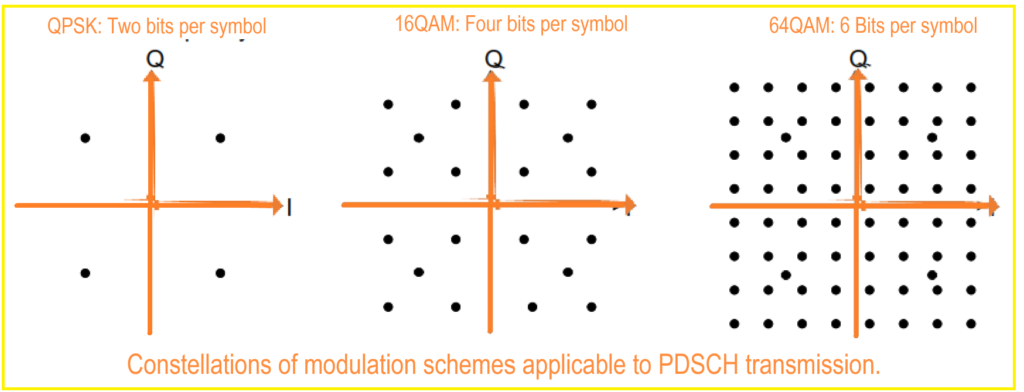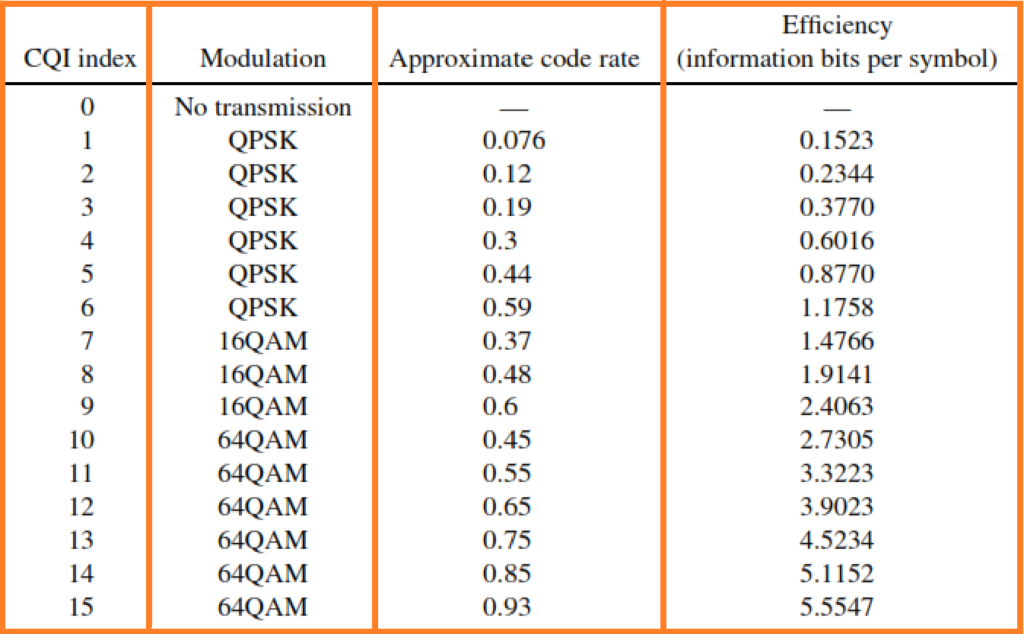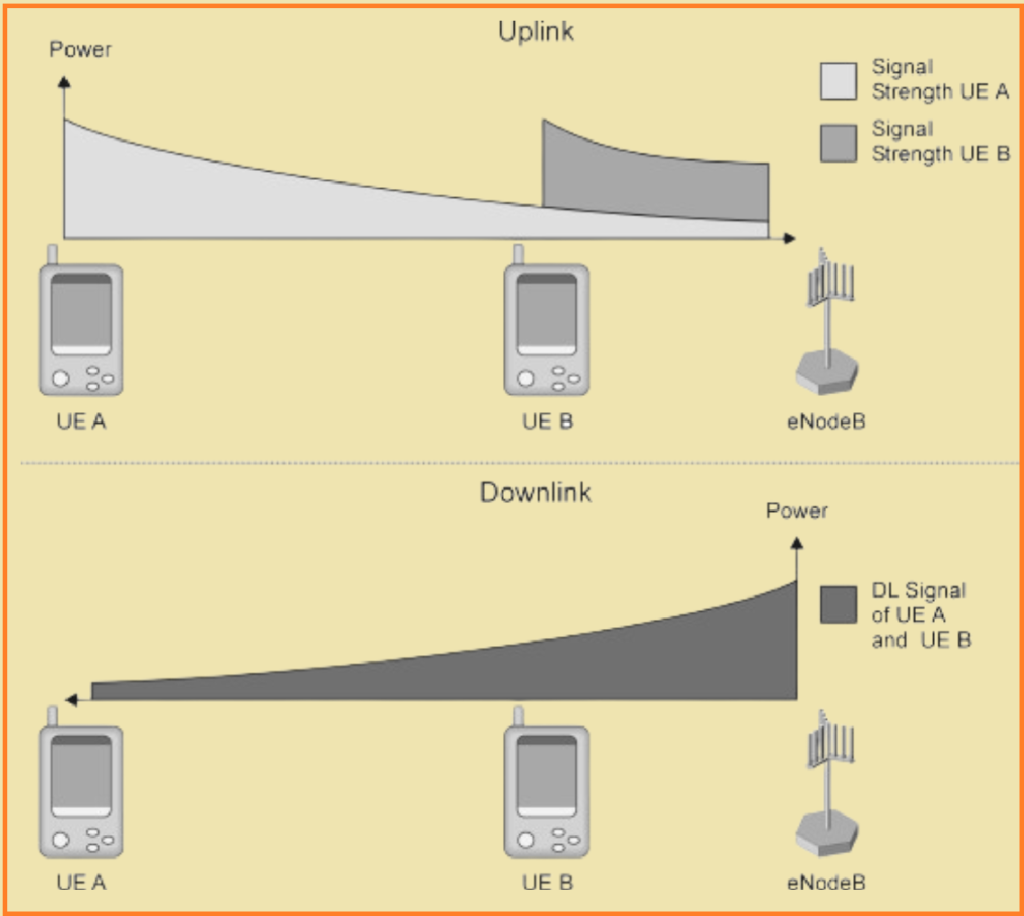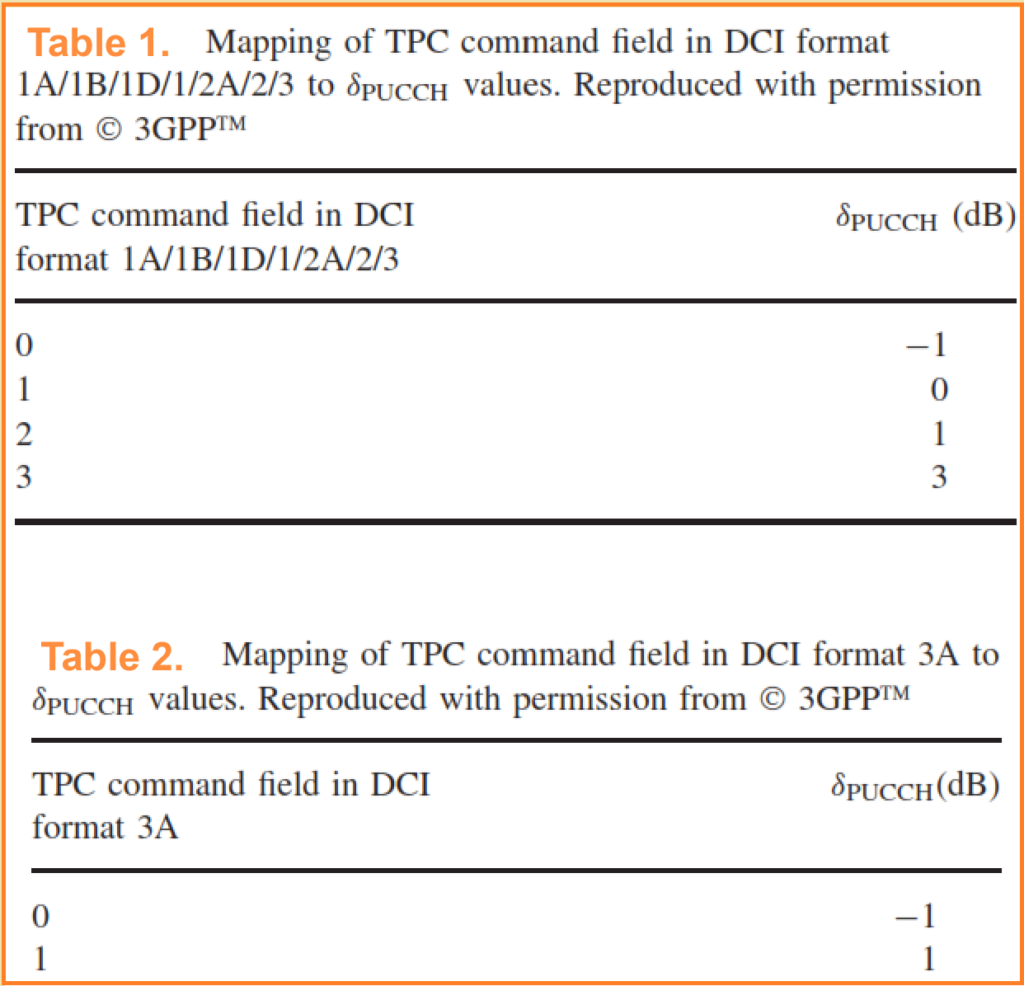Link adaptation is a fundamental feature in LTE (Long-Term Evolution) that dynamically adjusts the modulation and coding scheme (MCS) based on the varying channel conditions. This ensures efficient use of the available spectrum while maintaining reliable communication. This article delves into the mechanisms, challenges, and techniques of link adaptation in LTE.
LTE Link Adaptation Mechanisms.
Mobile wireless reception conditions fluctuate significantly over time and across different frequencies. To address these variations and ensure optimal Quality of Service (QoS), LTE employs a technique called Adaptive Modulation and Coding (AMC). AMC dynamically adjusts transmission parameters to maintain a Transport Block Error Rate (BLER) below 10%, thereby keeping retransmissions within an acceptable range.
Modulation and Coding Scheme (MCS) Selection.
AMC works by adapting the modulation scheme and Forward Error Correction (FEC) coding rate on shared channels. In LTE, the modulation schemes range from QPSK to 64QAM. Different modulation schemes offer varying levels of robustness against noise and distortions caused by the wireless channel.
QPSK, which maps 2 bits to each modulation symbol, provides the most robust transmission by having a large distance between modulation points, making it more likely for the receiver to correctly interpret the signal even in noisy conditions. On the other hand, 16QAM and 64QAM map 4 and 6 bits per symbol, respectively, which are used under better channel conditions to achieve higher data throughput.

The goal of AMC is to find the best balance between modulation scheme and code rate for a given channel quality. LTE defines a set of Modulation and Coding Scheme (MCS) combinations and signals an MCS index to indicate the selected combination. This approach ensures that the transmission remains efficient and reliable under varying conditions.
The list of modulation schemes and code rates which can be signalled by means of a CQI value is shown in below Table.

The data transmitted with different modulation schemes to subcarriers in LTE needs protection against transmission errors. LTE uses a turbo encoder/decoder with trellis termination, which has a native code rate of one-third. This means that for every bit of source data, three bits are transmitted after encoding. The turbo encoder adds redundancy bits to the data, enabling the correction of some bit errors.
To balance error protection and efficiency, different code rates are used. The code rate is adjusted by puncturing (leaving out some coded bits) or repeating coded bits. A higher code rate (less protection) is achieved by puncturing, while a lower code rate (more protection) is achieved by repeating bits. This allows the system to optimize the trade-off between data protection and transmission efficiency.
Additionally, the uplink (UL) transmit power is controlled to manage the near-far effect. In uplink scenarios, users at different distances from the base station experience different path losses. Users far from the base station (cell edge users) have higher path loss, resulting in lower received signal power compared to users close to the base station. UL power control ensures that all uplink signals have similar power levels at the base station, minimizing interference and ensuring consistent signal quality across users.

Uplink Transmission Power Control (TPC) in LTE.
In LTE, Uplink Transmission Power Control (TPC) commands are crucial for managing power levels during PUCCH and PUSCH transmissions. These commands are sent via DCI formats 3 and 3A. DCI 3 provides a 2-bit power control command, while DCI 3A uses a 1-bit command. These dedicated DCIs are used for power control when no data is being transmitted to the UE. Otherwise, the TPC command is embedded within other control information on the PDCCH for the UE. An initial 3-bit TPC command is included in the RAR message.

Channel Quality Indicator (CQI) Feedback.
UEs report their channel quality to the eNB using a CQI value. This value can represent either a wideband receive quality or a detailed report of frequency sections (sub-bands). CQI reports can be periodic or aperiodic, as configured by higher layers. Sub-band CQI reports provide the quality of each sub-band relative to the wideband average with four possible steps: worse, equal, better, and much better. UEs report the best M sub-bands compared to the average channel quality using the best M method.
From this measurement information, the UE derives an MCS scheme, selecting one of 16 MCS options to achieve a target BLER of below 10%. This selection process enables differentiation between high- and low-cost handsets based on their hardware and signal processing capabilities.
LTE Link Adaptation Functions.
- Adaptive Frequency-Selective Scheduling: Assigns frequency resources to UEs on a 1 ms basis, providing each UE with the best possible reception quality.
- AMC (Adaptive Modulation and Coding): Selects the most efficient modulation and FEC code rate to balance retransmissions and maximize throughput.
- HARQ (Hybrid Automatic Repeat reQuest): Utilizes multiple retransmission processes to increase the probability of correct decoding.
- TPC (Transmission Power Control): Manages UL power control to minimize interference between multiple users.
These techniques collectively enhance LTE’s ability to adapt to varying mobile wireless conditions, ensuring efficient and reliable communication.
Challenges in Link Adaptation.
- Rapid Interference Variations:
- The wireless channel is subject to rapid changes due to factors like fading, mobility, and interference from other cells.
- Accurate prediction of link quality is challenging, and relying solely on averaged link quality may not always yield optimal MCS.
- Trade-off Between Throughput and Delay:
- Selecting a highly robust MCS to avoid retransmissions can lead to lower throughput.
- Conversely, a more aggressive MCS can increase throughput but may result in higher retransmissions and delays.
Techniques for Effective Link Adaptation.
Averaged Link Quality:
Preliminary MCS selection is often based on the averaged link quality over a certain period. This helps smooth out rapid variations and provides a more stable basis for MCS decisions.
Operating Points:
Different operating points can be used to balance the trade-off between delay and throughput.
For low-delay requirements, a conservative approach with a margin to accommodate interference variations is used. This minimizes retransmissions but may reduce throughput.
For high-throughput requirements, a more aggressive approach with a smaller or negative margin is employed. This maximizes throughput but may increase the number of retransmissions and, consequently, the delay.
Incremental Redundancy for Retransmissions:
- Hybrid Automatic Repeat Request (HARQ) with incremental redundancy is used to improve the robustness of retransmissions.
- Instead of retransmitting the same data, additional redundant information is sent. The UE combines the original transmission and the redundant information to improve decoding success.
Link Adaptation Workflow.
- CQI Reporting:
- The UE periodically measures the channel conditions and reports the CQI to the eNB.
- MCS Selection:
- Based on the received CQI and buffer status, the eNB selects an appropriate MCS.
- The selected MCS aims to maximize throughput while maintaining the required BLER.
- Data Transmission:
- The eNB transmits the data using the selected MCS.
- HARQ Process:
- If the UE fails to decode the data, it requests a retransmission.
- The eNB sends incremental redundancy, which the UE combines with the previous transmission attempts to decode the data.
Conclusion
Link adaptation in LTE is a dynamic and complex process that balances throughput and reliability in the face of varying channel conditions. By leveraging CQI feedback, appropriate MCS selection, and HARQ with incremental redundancy, LTE systems can optimize performance and ensure robust communication. Understanding and effectively implementing these mechanisms is crucial for maximizing the efficiency of LTE networks.